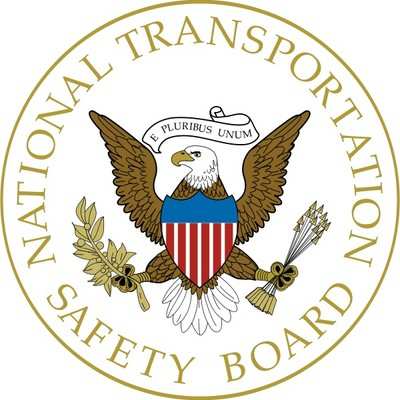Airspeed Began To Decay, And There Was Inadequate Thrust To Achieve An Acceptable Rate Of Climb
Location: Ardmore, TN Accident Number: ERA20LA288
Date & Time: August 13, 2020, 17:45 Local Registration: N3962V
Aircraft: Cessna 170 Injuries: 2 Minor
Flight Conducted Under: Part 91: General aviation - Personal

On August 13, 2020, about 1745 central daylight time, a Cessna 170, N3962V, was substantially damaged when it was involved in an accident near Ardmore, Tennessee. The pilot and passenger received minor injuries. The airplane was operated as a Title 14 Code of Federal Regulations Part 91 personal flight.
The pilot, along with his uncle, and a dog, were going to fly from a grass field on a friend's property in Ardmore, Tennessee to Moontown Airport (3M5), Huntsville, Alabama.
According to the pilot, he had purchased the airplane about 5 days before on August 8, 2020, and this was the first time he had operated from the field. He had about 10 to 15 gallons of fuel per side (20 to 30 gallons total) onboard prior to takeoff. The grass was dry, and the wind was calm. Visual meteorological conditions existed. The engine run-up was normal. During the takeoff roll, when the airplane reached 50 to 60 mph, he rotated and established a climb rate. The airspeed then began to decay, and there was inadequate thrust to achieve an acceptable rate of climb at an adequate airspeed. This resulted in him performing a forced landing in a small horse pasture. The pilot did not recall any changes in engine noise prior to the accident.
Examination of photographs of the airplane provided by the Federal Aviation Administration (FAA), revealed that during the landing the airplane had landed hard, the left main landing gear had collapsed and the airplane had impacted the ground with the left wingtip, nose, and right wingtip, and had come to rest upright. Further examination of the photographs also revealed that the wing flaps were fully retracted (0°) position, and the airplane had incurred substantial damage to the engine mounts, firewall, wings, and fuselage.
Examination of photographs of the engine provided by the FAA, revealed that the crankshaft displayed a partial fracture just aft of the propeller flange. The fracture was visibly twisted, and the fracture face displayed a 45° angle to the longitudinal axis of the crankshaft. A cursory examination of the engine by an FAA inspector revealed that the sparkplugs looked new. Drive train continuity was confirmed, and all the pistons would move when the crankshaft was rotated.
Review of satellite images of the accident location indicated that the field the airplane departed from was oriented in a north-south direction. The elevation was about 896 feet above mean sea level, and it was about 1,230 feet long. Obstacles existed along the departure path the pilot flew (about 180°), in the form of a driveway, trees, and buildings.
The recorded weather at Fayetteville Municipal Airport (FYM), Fayetteville, Tennessee, located 13 nautical miles east of the accident site, at 1755, included: wind 150° at 3 knots, 10 miles visibility, sky clear, temperature 31° C, dew point 21°C, and an altimeter setting of 29.96 inches of mercury.
 NTSB Final Report: Patriot Aircraft LLC CX1900A
NTSB Final Report: Patriot Aircraft LLC CX1900A Aero-News: Quote of the Day (12.06.25)
Aero-News: Quote of the Day (12.06.25) ANN's Daily Aero-Term (12.06.25): High Speed Taxiway
ANN's Daily Aero-Term (12.06.25): High Speed Taxiway ANN's Daily Aero-Linx (12.06.25)
ANN's Daily Aero-Linx (12.06.25) Airborne-NextGen 12.02.25: Honda eVTOL, Arctus High-Alt UAS, Samson Patent
Airborne-NextGen 12.02.25: Honda eVTOL, Arctus High-Alt UAS, Samson Patent



